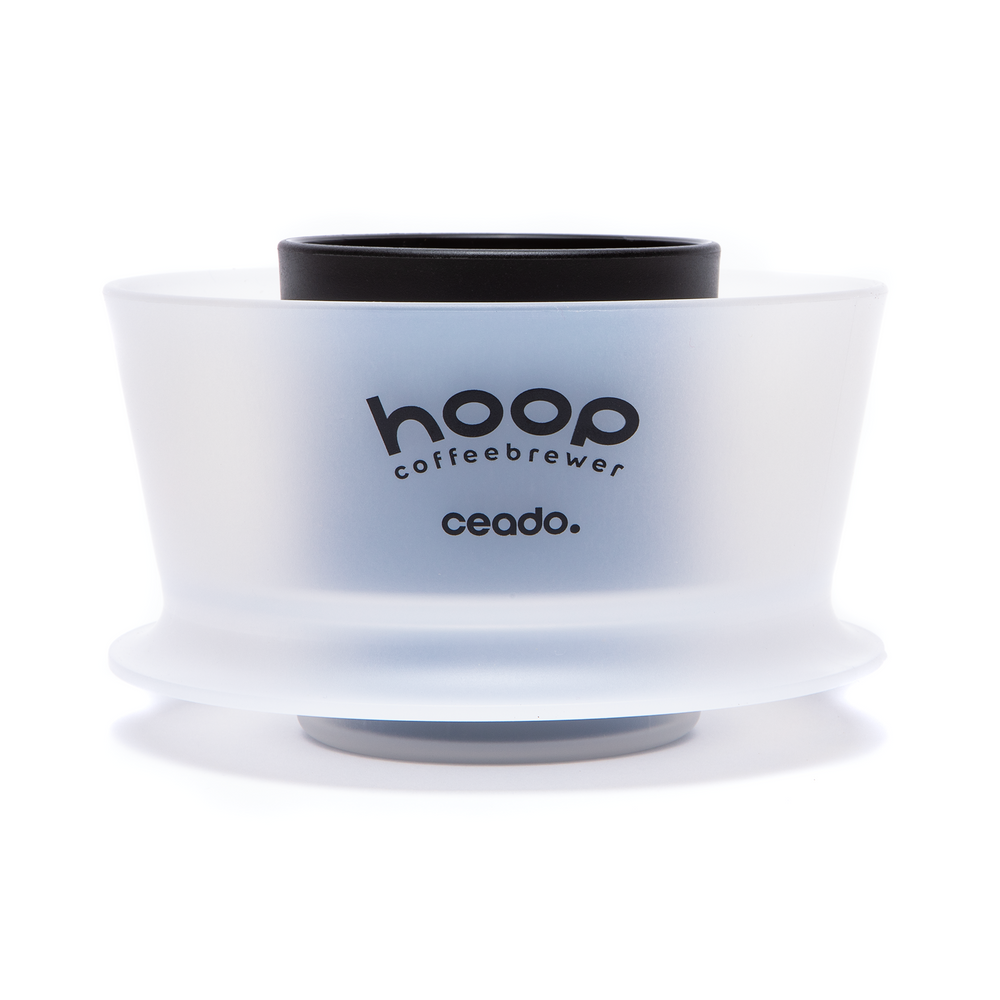Camping and Coffee

From a young age, I remember waking up to the sound of a blade grinder and the smell of fresh coffee drifting through a campsite. My parents never had what I would consider quality coffee but the early introduction of dark italian roasts and my own coffee journey began here. This was usually in preparation for a mountain bike race somewhere in the middle of the desert and a coffee too scalding to drink out of old race prize camping mugs that come with podium wins back in the 90’s and early 2000’s (more on that later). While the grinder and brew method have evolved over the years, coffee has remained a constant in my life. Throughout my 20s, I spent most of my time camping and traveling with coffee always at the forefront.
A History of Camping and Coffee

Whether we were mountain biking, hiking or climbing, my friends always knew they’d get a cup of coffee that rivaled (or outdid) what they could find miles away in the nearest town. My camping set up typically consisted of multiple varietals of coffee in airscape containers, an Aeropress, french press, gooseneck kettle, V60 pourover, pour over carafes, multiple kinds of burners, scales, mugs for at least six people, a five gallon water can, water filters…. You get the idea.
This commitment (and my winning smile) was typically how I would bribe my fellow camping neighbors into accompanying me on any given adventure.
Some might see it as a tall order, but there are plenty of ways to make great coffee on the road that fit seamlessly into any camping routine.
In a previous chapter of my life, I raced mountain bikes for a team sponsored by my old coffee shop, Single Speed Coffee Roasters. We built out trucks and trailers for race events where spectators and racers alike could fuel up before riding for 12+ hours. Over time, we developed different setups for races, overland expos, and farmers markets, including a coffee cart on an e-bike we’d ride up to events with and serve espresso from.
Naturally, all those build-outs inspired my personal coffee camping setup, eventually leading to the creation of my own overlanding Tacoma coffee exploring rig (her name is Petunia). I've brewed in some pretty remote places and still managed to get a near-perfect cup—though, when you’re in the middle of nowhere, even a decent one feels like perfection.
Brewing on the Road

The key to brewing on the road is using devices that travel easily and are fairly uncomplicated to use. Aeropress and pour-over were two of my favorite methods when it came to preparing filter coffee. I’ve got two recipes you can try below.
Aeropress

When it comes to camping, we keep things simple for recipes. While there are entire competitions built around the Aeropress, it’s also versatile and easy to use. Being collapsable and made of plastic, the Aeropress is also very easy to travel with, and these days there are a few different versions to choose from based on how you prefer to brew. Here is a basic recipe for your Aeropress:
- Invert your Aeropress
- 15g of coffee med-fine
- 200g of water 96 C or a moment off boil
- Stir a couple times (3-4)
- Steep for 60 seconds
- Stir twice more
- Place filter and filter holder on the aeropress and place on a vessel
- Slowly press and knock your coffee and filter clean for the next go-around!
If you are planning on making this without a scale you can estimate this recipe by lining up the bottom of your plunger to the bottom of the “4” mark and filling up coffee to the “3” mark then filling the entire aeropress with your water to the top. I like this recipe because you can get a flavorful and well-extracted cup without much effort. Inverting the Aeropress gives you full control over contact time, with a little agitation helping to increase your TDS. Since you’re pushing water through the grounds and through a filter, you can get away with a finer grind that wouldn’t work with something like a traditional French press. Cleanup is easy since you can just pop the puck out when you’re done brewing and rinse the Aeropress with a little leftover water in your kettle.
Pour-Over

When it comes to pour overs, keeping things easy means fewer pours. I would recommend trying to split things into 2 - 3 pours that can be mastered with just a few tricks, and below, I’ve included a two pour recipe. Your final amount of coffee should be around 8 - 9oz which is perfect to brew directly into a travel mug or tumbler.
- 20g of coffee
- 300g of water
- med grind
- 60g bloom with a 45 second pause
- 140g large infusion pouring vigorously in a spiral pattern (finish pouring by appx. 1min
- 20sec pause
- 100g final infusion
- Final draw down at 2-2:30min
Pro tip of brewing without a scale: Before you go camping, you can mark on your kettle where the 300 gram point is so you can simply pour the contents of your kettle to get the correct output. You can do the same with how you dose your coffee beforehand and bring along a volumetric glass or tablespoons to estimate the amount you need. Reducing the total number of pours helps to reduce the potential for mistakes. When it comes to selecting equipment for brewing, I like Varia’s AKU scale and their FLO dripper. The AKU comes with a travel case and the FLO is made of steel so it’s not fragile like a traditional glass or ceramic dripper. The Whole Latte Love Camp Mug and KINTO’s TO-GO tumblers are perfect for brewing directly into and can survive a backpack.
Espresso Build for Epic Coffee Adventures

Now if you are looking to bring an espresso machine along for the ride I would assume you don’t have coffee trailers like I had the luxury to use. In order to do so you will need a few things- Power, water, and space.
Power
With our coffee trailers, they were built out to certain specifications due to health code standards and we used gas-powered generators, but those might be a bit overboard for a more recreational camping set up. These days, modern solar-recharging generators are one of the best ways to get plenty of power; still you might need a small gas generator if you’re camping somewhere a little less sunny. You’ll also need a generator to match the ability of your machine.This will be dependent on the wattage of your machine; something like the Gaggia Classic E24 is a great solution for this due to its low power consumption(1425 Watts). For my larger set up back in the day, we also used propane powered espresso machines, but they are also some of the most inconsistent options. Other machines would include the Solis Barista Perfetta Plus, the Bezzera Hobby, or even a Gaggia Espresso Evolution.
In the overlanding world, Goal Zero is a dependable and well known brand that will deliver both power for your machine and the entire camping trip with its ability to connect to solar, or use your car to charge it as a second battery. Goal Zero has attachable kits that will charge similar to how your alternator charges your car battery, so you never have to worry about charging it on those long haul journeys. Their 1500 Watt generator is perfect for most small machines, but if you are planning on hauling anything bigger, I would suggest looking into some gas generators.
Some more modern vehicles will actually have an outlet sufficient enough to power a grinder and a small machine like the Gaggia Classic E24, but I do recommend bringing a hand grinder like the Varia EVO (or EVO Hybrid) just in case. If you do, make sure you practice at home prior to using it out and about. Although it is a beautiful place to dial in, camping is not my favorite place to do so.
Water
I have even had my fair share of large water containers filled up from springs. Some of the spring water would be a bit too “empty” or “full” for espresso machines, but great for slower brew methods. Some of the off-grid trips I have taken through Colorado, Wyoming, and Utah required finding safe water sources, and I found some incredible springs there to brew with. However, some springs were too “buffered” to brew coffee with. (Buffered meaning there are too many bi-carbonates so it takes away any of the acidity or taste compounds found in the coffee). I suggest buying spring water from the closest grocery store unless you know where to fill up from a reliable source when you are out on the road. I would also recommend bringing an AQUAlizer pitcher along the journey if you have the room for it, or you can throw a BestSave sachet into your machine’s reservoir with some safe drinking water to improve flavor and filter out minerals that can cause scale or excess buffering.
Space
I like to have all of my brewing and coffee equipment in its own container. Whatever you bring along, make sure it fits your specific vehicle or camping bag. How extravagant you want to be with your new coffee rig will dictate this. Many people bolt down their grinders and machines if you have the space for a fixed set up. This would require securing your machine to plywood or something similar. You can use galvanized steel straps, or if your machine allows it, you can use the feet holes and a bolt with the same thread as your feet to screw it down into place. If not, you will need to find somewhere to safely store your machine and equipment. For many machines, this would mean that you need to drain the after each use, so finding a machine where that is easy and feasible is a must!
Why do it?

The journey, conquering the elements, and pushing yourself is all part of what makes camping so satisfying. For me, tying in the same satisfaction I get from a well-brewed cup of coffee into the experience takes everything to a whole new level. The ritual of making coffee and enjoying it somewhere new and peaceful is how I first fell in love with coffee, and now, 20-something years later, I am happy to call it my profession. If you’ve never brewed coffee in the great outdoors, I hope this blog gives you some ideas on how to make it happen.
Photography by Grace Walker
Shop This Blog
-
The Gaggia Classic Pro E24 is a premium entry-level espresso machine designed and built entirely in Italy. Made from commercial-grade components, the Classic Pro E24 features a one-piece steel frame, 3-way solenoid valve, 58mm portafilter, & an all-new brass boiler for improved capacity and performance.
-
Hoop is an award winning No Bypass coffee brewer that simplifies manual brewing by ditching the complexities of pour over extraction in favor of a unique two-piece design that introduces water to your coffee evenly via the Water Crown and Filter Tower.
-
Hoop is an award winning No Bypass coffee brewer that simplifies manual brewing by ditching the complexities of pour over extraction in favor of a unique two-piece design that introduces water to your coffee evenly via the Water Crown and Filter Tower.
-
- Portable Americanos and espresso in 30 seconds
- Sediment-Free drinks using disposable micro-filters
- No electricity required
-
These micro-filters are an essential part of the AeroPress brewing process. Designed specifically to keep grit out of your coffee, they fit the Original Coffee Press only.
-
The Camelbak Horizon Camp Mug is a 12 oz, double-walled vacuum-insulated and stainless steel mug that retains drink temperatures for 6 hours cold and 4 hours hot.
-
The Camelbak Horizon Camp Mug is a 12 oz, double-walled vacuum-insulated and stainless steel mug that retains drink temperatures for 6 hours cold and 4 hours hot.
-
The Varia EVO Hybrid grinder marries the portability of a hand grinder with the convenience and precision of a high-quality espresso grinder. Built from space-grade aluminum alloys, the EVO Hybrid has 140 steps of grind adjustment, capable of grinding for everything from espresso to cold brew
-
The Varia FLO is a revolutionary coffee dripper with interchangeable center plates that can be swapped out to influence the rate and direction of water flow during extraction.
-
The AeroPress Go Coffee Maker gives coffee lovers everything they need for on the go brewing. This compact, durable and light-weight travel coffee maker brews American, espresso, and cold brew coffee to fuel an active lifestyle.
Related Articles

Hiking Coffee: How to Brew for Your Trek Through the Woods

 USA
USA











